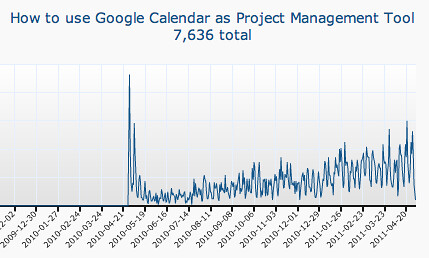>> Listen to the audio version to find out additional commentary and notes about the topics discussed in this post! Download the MP3 file (10.4Mb, 21:36) – Get the show on iTunes!
 This is part of a series of posts that explores the “Adaptive Digital Strategy Framework” , an operative guide that I created to plan, execute and manage online strategy programs more effectively and efficiently. Each of post of this series comes with an audio podcast in which you will find the audio version of the post with additional audio commentary about the discussed topics. The name of the podcast is “FIR On Strategy with Andrea Vascellari”.
This is part of a series of posts that explores the “Adaptive Digital Strategy Framework” , an operative guide that I created to plan, execute and manage online strategy programs more effectively and efficiently. Each of post of this series comes with an audio podcast in which you will find the audio version of the post with additional audio commentary about the discussed topics. The name of the podcast is “FIR On Strategy with Andrea Vascellari”.
We have already explored the main governance models that describe how organizations are internally structured to embrace new media and emerging communication technologies. If you are not familiar with digital governance models, before moving on, I encourage you to read/listen to my previous post/cast. You will learn more about existing digital governance models and about the “Temporary Decentralization Model”, a model that I created and that it’s extremely helpful to analyze and solve specific strategic problems that can’t be solved by a single unit, by the top management or by the center of excellence alone.
Ok, ready? Let’s get cracking.
We get digital governance models, what’s next?
After I introduce an internal team to the different digital governance models, even if it’s the first time they hear about such models, the characteristics of each model are clear to them. The problems start to emerge when it’s time to analyze, vote or decide on which model they think they are or want to be in. In general it’s very difficult for them to come to an agreement. This usually translates into a waste of time and productivity.
This is a problem that I still see constantly faced by internal teams in large but also in mid-sized organizations, so I decided to dedicate an additional post to this topic. Today I’m going to share with you a specific methodology that I use and that will help you define more efficiently and accurately your digital governance model. Continue reading “How to Identify Digital Governance Models”

 Brian Solis is principal at Altimeter Group, a research firm focused on disruptive technology. A digital analyst, sociologist, and futurist, Solis has studied and influenced the effects of emerging technology on business, marketing, and culture. This post was cross-published on Brian’s blog. I want to thank him for the support, the inspiration and for the motivation he gave me. Brian is not just a great communicator, he is a wonderful person and a dear friend of mine. I encourage you to find out more about him and his work at
Brian Solis is principal at Altimeter Group, a research firm focused on disruptive technology. A digital analyst, sociologist, and futurist, Solis has studied and influenced the effects of emerging technology on business, marketing, and culture. This post was cross-published on Brian’s blog. I want to thank him for the support, the inspiration and for the motivation he gave me. Brian is not just a great communicator, he is a wonderful person and a dear friend of mine. I encourage you to find out more about him and his work at 
